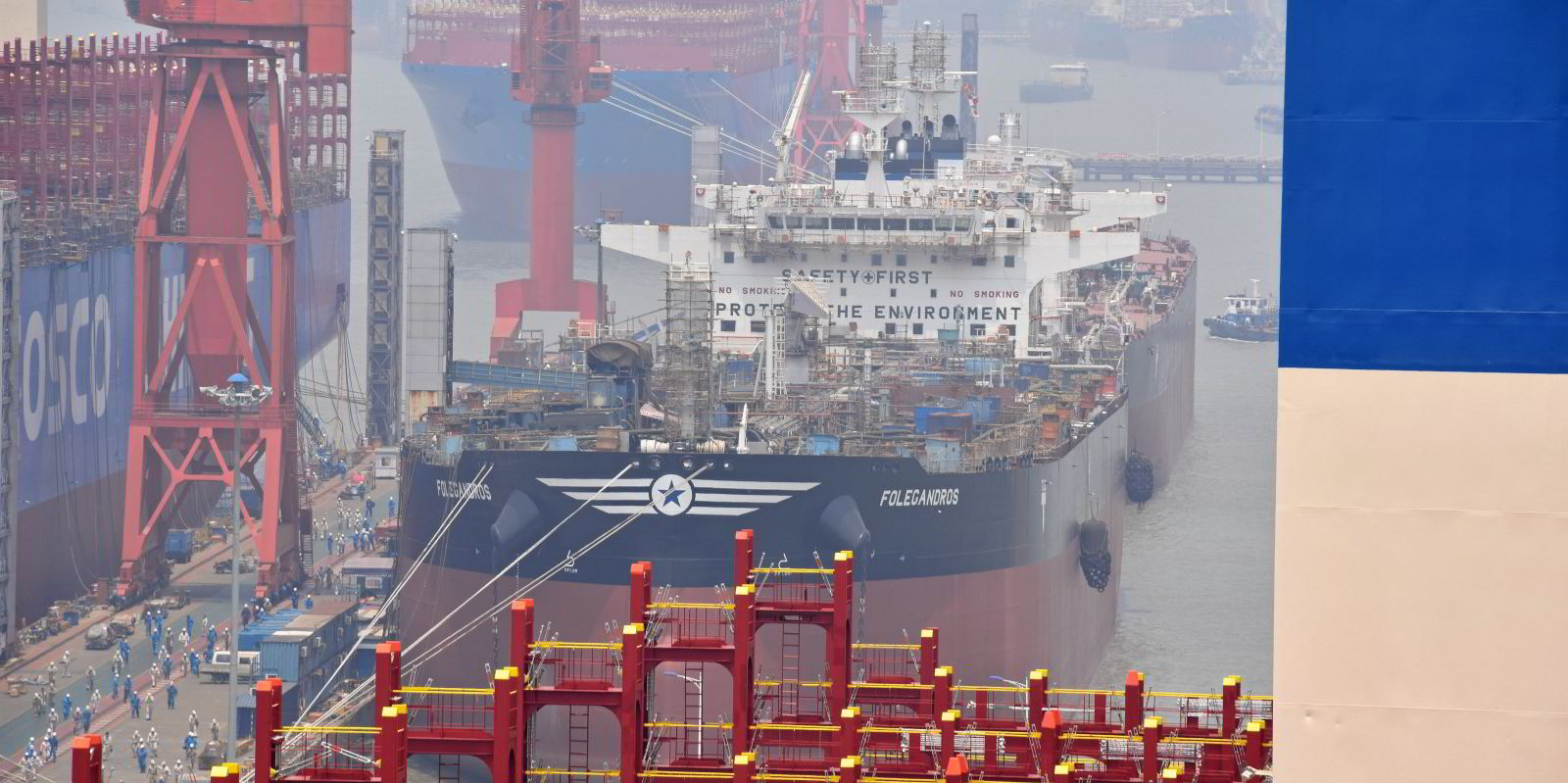All the indicators are pointing to tankers having a strong few years, Clarksons said.
The shipbroking giant’s research arm said tonne-mile demand for both crude and product tankers is expected to outstrip trade growth next year with 2025 supported by a tiny orderbook.
“Overall, a favourable supply-demand balance is expected to provide ongoing support and the tanker outlook appears positive across 2024/25,” Clarksons said in its monthly market update published on Tuesday.
For crude tankers, it expects a 3.7% growth in seaborne trade with tonne-mile trade growing 4.9%.
The growth will come from the Americas, with more crude flowing from the Americas — thanks in part to Opec+ export targets hindering trade growth there — to Asia.
Refinery dislocation is expected to continue to propel growth for product tankers with new refinery capacity in Asia and the Middle East prompting Clarksons to forecast a 3.5% jump in trade growth while tonne miles are expected to grow 6%.
The supply side is expected to further push the market in both 2024 and 2025, with less than 1% fleet growth expected in 2024 and 1% in 2025.
“Oil trade volumes are projected to grow by [circa] 2%, supported by oil production gains, oil demand growth and refinery capacity start-ups, though expansion in all of these drivers is expected to be more moderate than in 2024,” Clarksons said, referring to 2025.
Clarksons expectations are in no way rare, with many market observers predicting tankers are in for a strong, multi-year upcycle.
Last week, when Cleaves Securities initiated coverage of product tanker owner Scorpio Tankers, the bank said it expects tanker demand to have grown 6.4% this year and forecasts 3% growth in 2024 and 1.9% growth in 2025.
Joakim Hannisdahl, a Norwegian investor who runs Gersemi Asset Management, said in October that his fund had gone all in on tankers, arguing the sector could be in for a “never-ending winter market”, a seasonally strong part of the year for the ships, throughout 2024.
Earlier in the month, shipbroker Gibson said the medium-term outlook for tankers was strong, thanks to the small orderbook and rising oil supply outlook.
Its take came amid fretting over interest rates, which if they remain strong would make US dollar-denominated barrels more expensive for non-US buyers, which could hold down demand.





